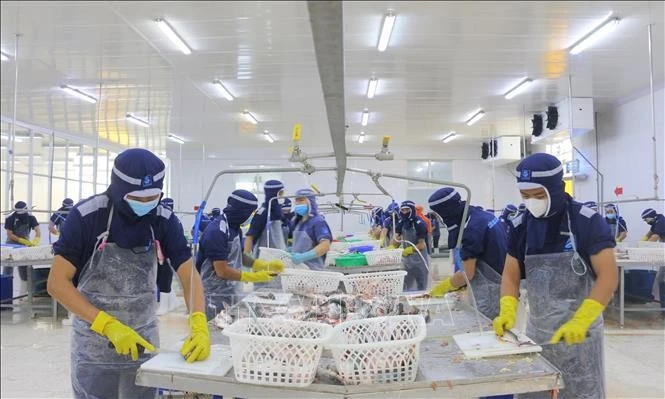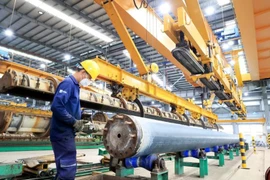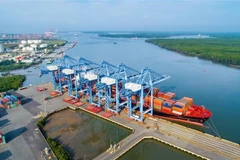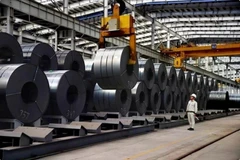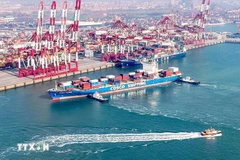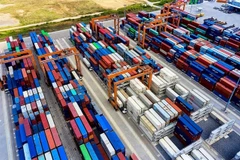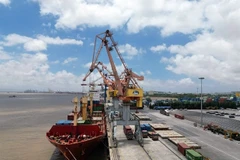Hanoi (VNA) - Vietnam recorded a trade surplus of 3.03 billion USD in January, despite overall trade activity showing signs of contraction, according to data released by the General Statistics Office on February 6.
Total import-export turnover reached 63.15 billion USD in January, marking a 10.5% decrease from the previous month and a 3.5% drop compared to the same period last year.
The foreign-invested sector drove Vietnam’s trade performance as it generated a surplus of 4.43 billion USD, while domestic firms posted a deficit of 1.4 billion USD.
Export revenue in January totaled 33.09 billion USD, falling 4.3% year-on-year, with seven product categories logging 1 billion USD in value each, collectively accounting for 67.9% of total export. The manufacturing and processing sector dominated the export structure, contributing 89% of total export value, while agricultural and forestry products made up 8%, and aquatic products 2.3%.
Vietnam spent 30.06 billion USD on imports, a year-on-year decrease of 2.6%, with three import categories surpassing the 1 billion USD mark, representing 49.3% of total import. Some 94% of the money was for capital goods and equipment while the remaining for consumer goods.
The US was Vietnam’s largest export market in the month, with turnover reaching 9.8 billion USD, while China was the biggest source of Vietnamese imports at 11.6 billion USD.
While Vietnamese goods have numerous opportunities to benefit from preferential tariffs in FTA markets, rules of origin serve as a critical tool for securing these benefits. However, they can also nullify tariff advantages if products fail to meet origin requirements.
The Ministry of Industry and Trade pledged to provide guidance and support for enterprises, helping them meet international commitments and Vietnamese regulations regarding product origin certification. Besides, it has paid due attention to administrative reform and settlement of businesses’ concerns over the issue./.
